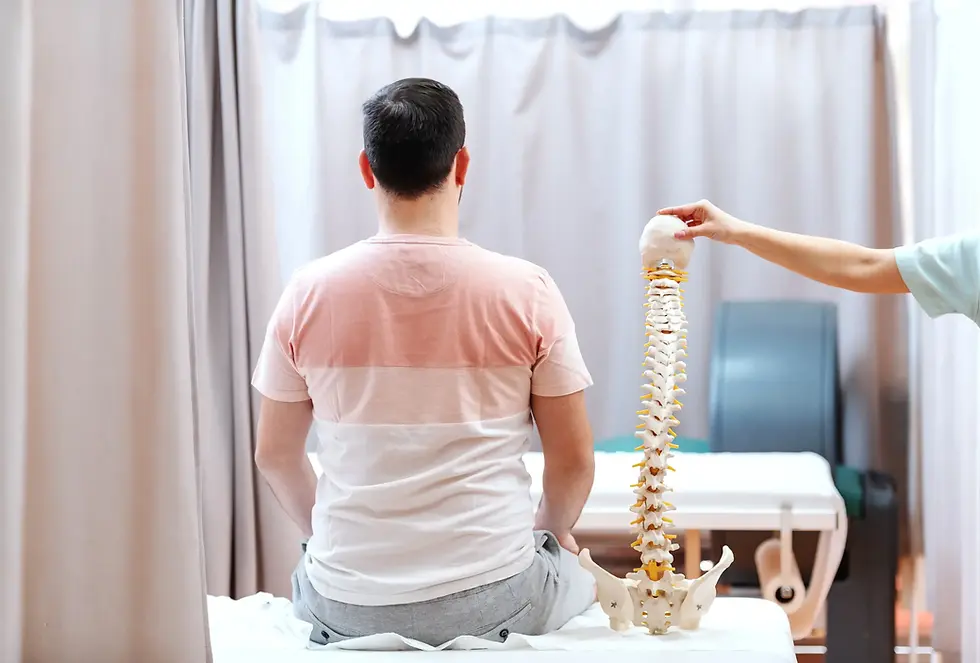
DEGENERATIVE DISC DISEASE

When the cushions wear away, the bones can start to rub together, causing pain and other problems, such as:
-
Adult scoliosis, characterized by a curving of the spine.
-
Herniated disc, also called a bulged, slipped, or ruptured disc.
-
Spinal stenosis, when the spaces around the spine narrow.
-
Spondylolisthesis, when vertebrae move in and out of place.
The most common symptoms of degenerative disc disease are neck pain and back pain that may:
-
Be intermittent, lasting for weeks or months at a time.
-
Lead to numbness or tingling in the arms or legs.
-
Radiate down the buttocks and lower back.
-
Worsen with sitting, bending, or lifting.
-

Pain from degenerative disc disease may occur if the spinal discs:
-
Dry out. The core of the disc loses moisture, causing the discs to thin and struggle to provide adequate shock absorption.
-
Tear or crack. Minor injuries can cause tears near nerves, or cracks that may cause a herniated disc, leading to spinal compression.
-

Older adults are more likely to develop degenerative disc disease. Risk factors for developing degenerative disc disease include:
-
Obesity
-
Smoking
-
Being female
-
Acute injuries, such as falling
-
Working a physically demanding job
-
At Premier Urgent Care, patients diagnosed with degenerative disc disease may be treated with joint and soft tissue injections and pain management techniques.
A few types of joint and soft tissue injections offered at the clinic include nerve blocks, sacroiliac joint injections, epidural injections, piriformis injections, and trigger point injections. Patients should speak to their physician to determine if they may benefit from joint and soft tissue injections.
Pain management techniques can also help patients minimize pain caused by degenerative disc disease through cold and heat therapy, gentle exercise, physical therapy, massage, acupuncture, cognitive behavior therapy, yoga, deep breathing exercises, progressive muscle relaxation, biofeedback, music therapy, and nonsteroidal anti-inflammatory medication. Patients will receive a customized pain management plan to treat their type of pain.
Some patients may require advanced treatment that may include chiropractic adjustment, physical therapy, and even surgery. Premier Urgent Care supports patients needing a range of treatments for degenerative disc disease. Staff is available to answer any questions about obtaining advanced treatment.
Degenerative disc disease is characterized by the wearing down of the spinal discs, which are rubbery cushions located between the vertebrae (bones in the spinal column). Spinal discs act as shock absorbers and support movement and flexibility. Spinal discs degenerate over time and the process is a normal part of aging.
